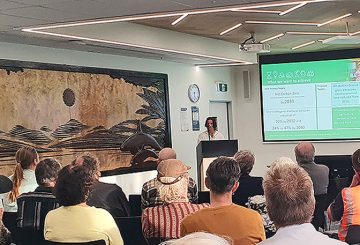Nhiều hòn đảo không gây hại đang hút nhiều carbon hơn đáng kể kể kể từ khi động vật ăn thịt được giới thiệu đã được loại bỏ, theo một nghiên cứu xem xét 130 đảo New Zealand.
Các nhà nghiên cứu đã sử dụng cảm biến vệ tinh từ xa và trí thông minh nhân tạo để theo dõi liệu việc loại bỏ các loài gây hại xâm lấn từ các đảo đã thúc đẩy sự che phủ và mật độ cây trên 460 hòn đảo trên toàn cầu, bao gồm Little Barrier, Motiti, Raoul, Great Mercury và Campbell.
Các đảo không gây hại đã đạt được trung bình nửa tấn các-bon mỗi ha mỗi năm.
Các đảo không gây hại ở New Zealand cung cấp một nơi trú ẩn an toàn cho các loài động vật hoang dã bản địa bị đe dọa bao gồm takahē, kākāpō, kokako, kiwi, geckos, skinks, dơi, wetāpunga và tuatara.
Trong nhiều thập kỷ liên tiếp các chính phủ đã chạy các chiến dịch để loại bỏ các loài gây hại xâm lấn, chẳng hạn như chuột, stoats và possums từ rừng và khu bảo tồn New Zealand.





























































